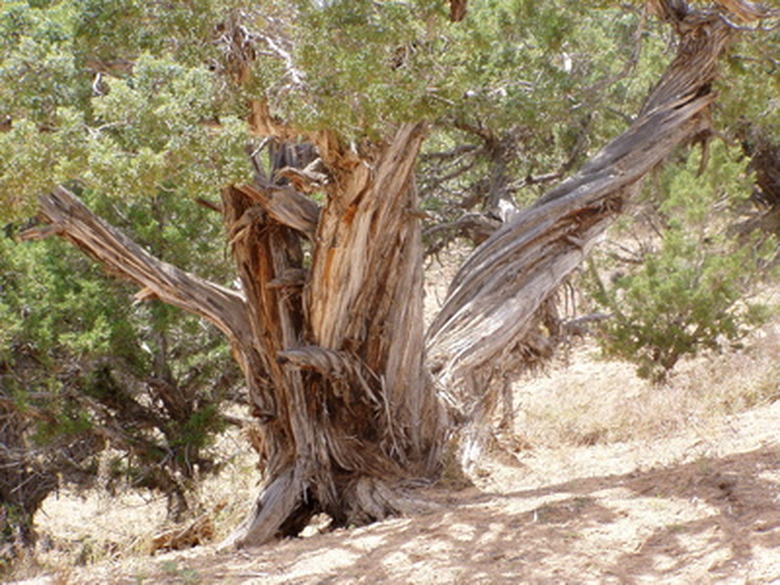Diseases Of Cedar Trees
True cedar trees (Cedrus spp.) belong to the Pinaceae plant family and naturally occur in Asia and Africa. Cedar tree varieties bear greenish, needle-like leaves and pine cones. Most cedar varieties prefer moist soils in fully sunny locations. While cedar trees have a reputation for being hardy, they sometimes suffer from a few common cedar diseases.
Cedar-Apple Rust
Cedar-apple rust (Gymnosporangium juniperi-virginianae) is a fungal disease that requires two different host trees to complete its life cycle. Early signs of this disease on cedar trees include swollen areas, called galls, forming on the branches. Gel-like, orange growths frequently sprout from these galls. Severe cases of cedar-apple rust typically cause branch dieback. The fungal pathogens overwinter in the galls and then spread to the rose host in the following spring. Control includes planting disease-resistant cedar trees and spraying infected trees with fungicides.
- True cedar trees (Cedrus spp.)
- Severe cases of cedar-apple rust typically cause branch dieback.
Port-Orford-Cedar Root Disease
The Port-Orford-cedar root disease causes the smaller roots of infected cedar trees to look darkened and watersoaked. The infected rootlets disintegrate rapidly. The disease then progresses to nearby larger roots, causing them to turn red-brown in color. The leaves on affected trees typically look yellowed and slightly wilted. Caused by the Phytophthora lateralis fungal pathogens, this cedar tree disease primarily spreads through soil movement caused by construction workers, road maintenance workers and loggers. Fungicides often help control the symptoms of Port-Orford-cedar root disease.
Tip Blights
Cedar trees planted east of the Mississippi River sometimes suffer from Kabatina tip blight or Phomopsis tip blight. These two fungal diseases cause unsightly damage, but rarely kill the infected trees. Phomopsis tip blight (Phomopsis juniperovora) typically appears from mid-spring through the fall during warm, humid weather. The new branches typically turn red-brown in color, and then fade to an ashen gray. Tiny, gray spots often girdle the branch tips and cause leaf blighting. Tiny, black fruiting bodies form inside of these lesions. Repeated infections often cause stunted foliage growth. Kabatina tip blight (Kabatina juniperi) generally appears in February and March. Branch tips first turn a dull green color, and then develop yellow or red spots that contain small, black fruiting bodies. The dead foliage typically drops from the infected tree by summertime. Preventative measures include planting disease-resistant cedar trees and providing proper air circulation. Fungicidal applications sometimes control Phomopsis tip blight.
- The Port-Orford-cedar root disease causes the smaller roots of infected cedar trees to look darkened and watersoaked.
Cedar-Quince Rust
Cedar-quince rust, a fungal disease caused by the Gymnosporangium clavipes pathogens, commonly affects eastern red cedar trees. Cedar-quince rust infections cause the branches to swell, often girdling and killing the smaller branches and twigs. These swellings often crack and develop cankers. Orange, gel-like bodies grow through the swollen bark during wet spring weather. According to the Missouri Botanical Garden, the swellings can stay infectious for more than six years. Control includes pruning out infected tissue, applying preventative fungicides and planting disease-resistant cedar varieties.
